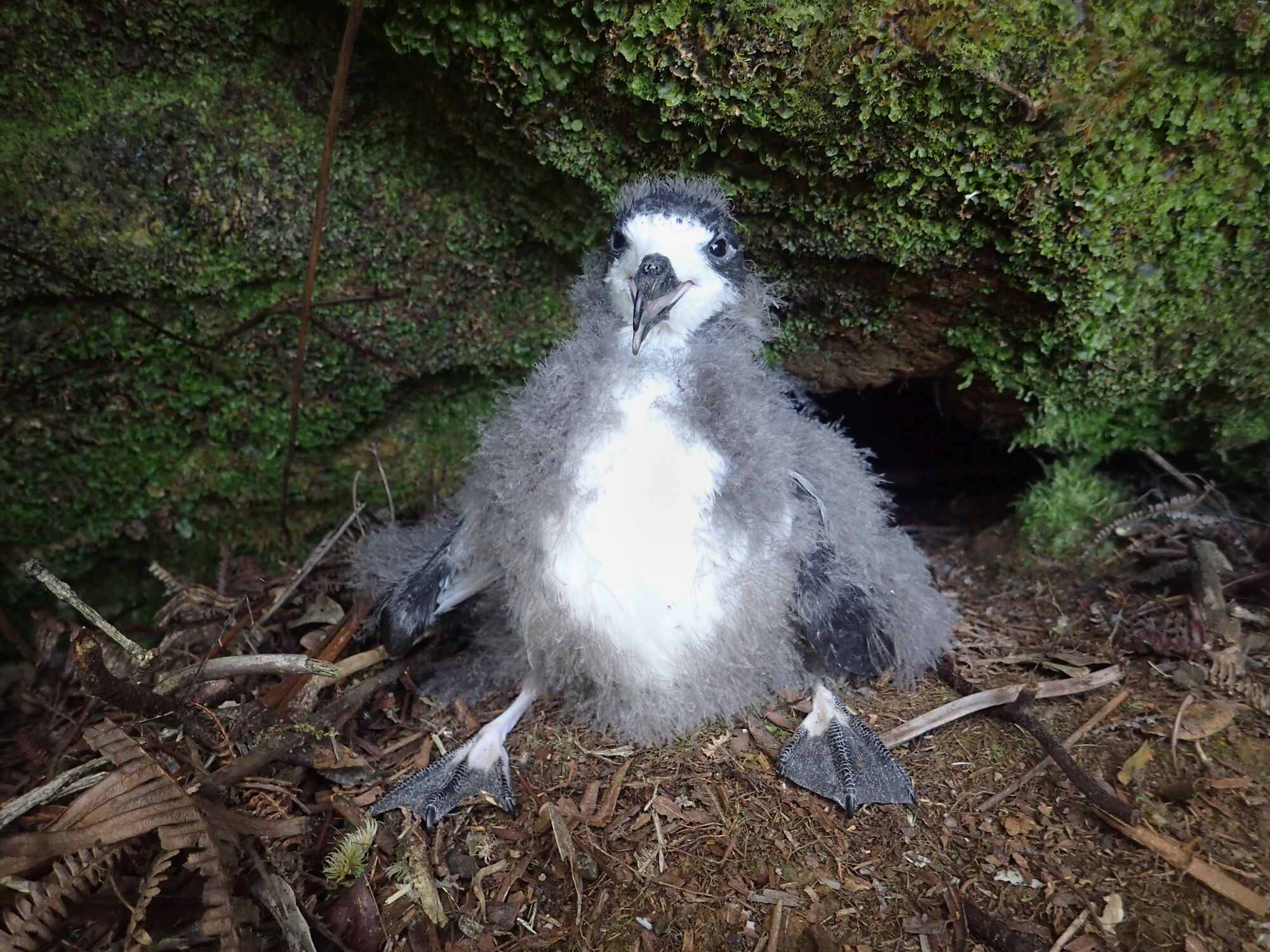Groups Seek Court Order to Protect Endangered Seabirds from Resort Lights
Grand Wailea must keep lights off to avoid killing and injuring Hawaiian petrels
Contact
Conservation groups have filed a motion seeking a preliminary injunction to stop the Grand Wailea Resort on Maui from killing and injuring endangered Hawaiian petrels (ʻuaʻu) during the upcoming fledging season. Conservation Council for Hawai‘i and the Center for Biological Diversity, represented by Earthjustice, filed suit against the resort in early May for its failure to obtain and comply with an Endangered Species Act (ESA) permit to allow the resort to use lights that attract and harm the imperiled seabirds. This permit would require the resort to implement a plan that minimizes harm to Hawaiian petrels and offsets unavoidable harm through habitat restoration and other conservation activities. The conservation groups seek to protect the petrels while this lawsuit is pending before the federal court.
“The ESA was enacted to protect endangered species from exactly the type of harm inflicted by the Grand Wailea’s lights,” said Jonee Peters, Executive Director of Conservation Council for Hawai‘i. “The law is clear and it’s on the side of our native seabirds.”
Today’s filing asks the court to prohibit the Grand Wailea from using externally visible lights between October 1 and November 30, when petrel chicks heading to sea for the first time are most vulnerable to artificial light attraction. This would offer the Hawaiian petrel immediate relief and help the species avoid irreparable harm during the upcoming 2024 fledging season.
“The Endangered Species Act forbids the Grand Wailea from continuing with business as usual while imperiled seabirds pay the price. Having refused for years to follow the law, it is long past time for the resort to keep its lights off during the fledging season,” said Earthjustice attorney Leinā‘ala Ley.
The Grand Wailea has known for years that its lights attract and harm endangered seabirds but has refused repeated demands to comply with the ESA. Two years ago, the groups finalized a settlement agreement with the resort requiring it to implement lighting modifications and other measures to minimize harm to endangered Hawaiian petrels navigating between breeding colonies and the ocean. The Grand Wailea contended that these measures would eliminate all unpermitted harm and chose not to pursue an ESA permit. However, fledging birds continue to be attracted to, and harmed by, the resort’s artificial lights. The resort’s own monitors documented three Hawaiian petrels grounded at the resort since the settlement agreement was entered, and one of those petrels died.
“Grand Wailea is a luxury hotel with the means to do its part to help our precious ʻuaʻu survive and recover,” said Maxx Phillips, Hawaiʻi Director at the Center for Biological Diversity. “There are ready solutions to reduce the number of adorable Hawaiian petrel fledglings that fall victim to the Grand Wailea’s lights on their first flight to the ocean. Grand Wailea needs to follow the law and do more to implement these solutions.”
Background
For more than a decade, bright lights at the Grand Wailea have disoriented Hawaiian petrel fledglings leaving their nests and heading out to sea. Since the settlement of the conservation groups’ first lawsuit was reached in October 2022, three grounded fledglings have been discovered at the resort, including one that broke its wing after colliding with a wall. Because of the difficulty in finding and recovering grounded seabirds, it is likely that at least twice this number of birds came down on the property during the 2022 and 2023 fledging seasons. Fledglings that were not discovered died from dehydration, starvation, predation, or injuries.
The Hawaiian petrel, or ʻuaʻu, is a native endangered seabird protected under the federal Endangered Species Act and Hawai‘i state law. Hawai‘i is the only place in the world where the ‘ua‘u breeds, with adults returning to nest at the same site where they fledged after spending the first six years of their lives at sea. The largest surviving nesting colony occurs on the volcanic slopes of Haleakalā, above the Grand Wailea Resort.
Fledgling ‘ua‘u leave their nests for their first flight to the sea between late September and early December. Some birds are attracted to and disoriented by artificial lights, circling the lights until they fall to the ground from exhaustion or strike nearby structures. Once grounded, it is impossible for ‘ua‘u to take flight from low-lying coastal properties like the Grand Wailea, leaving them highly vulnerable to predators, dehydration, and starvation unless discovered and rescued by humans. Rescued chicks have worse survival outcomes than their counterparts who are able to reach the ocean without falling victim to light attraction.

Additional Resources
About Earthjustice
Earthjustice is the premier nonprofit environmental law organization. We wield the power of law and the strength of partnership to protect people's health, to preserve magnificent places and wildlife, to advance clean energy, and to combat climate change. We are here because the earth needs a good lawyer.